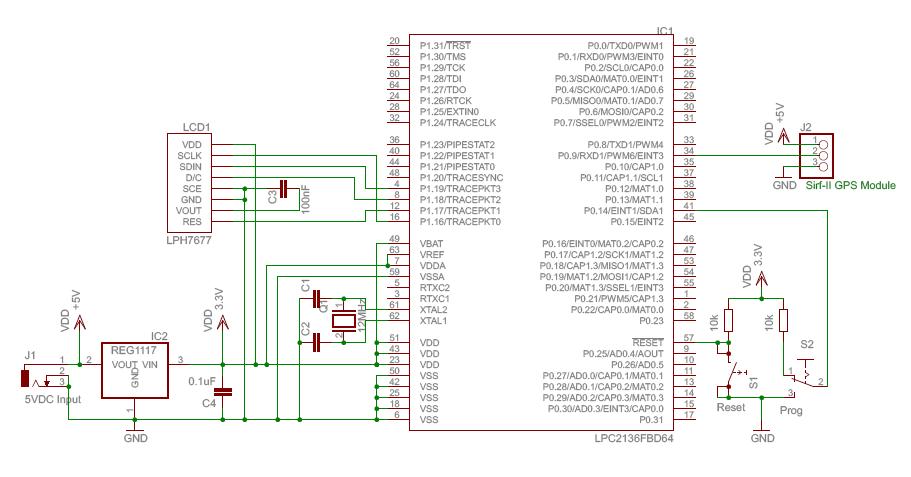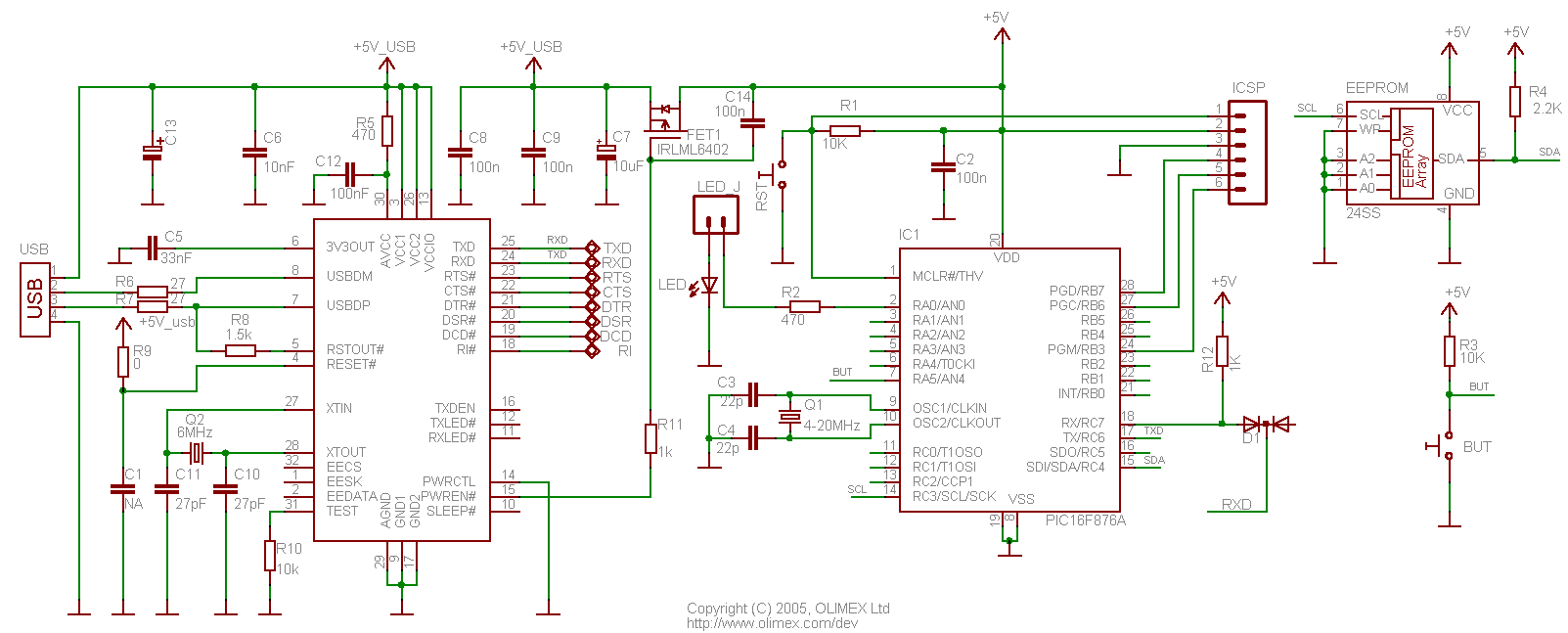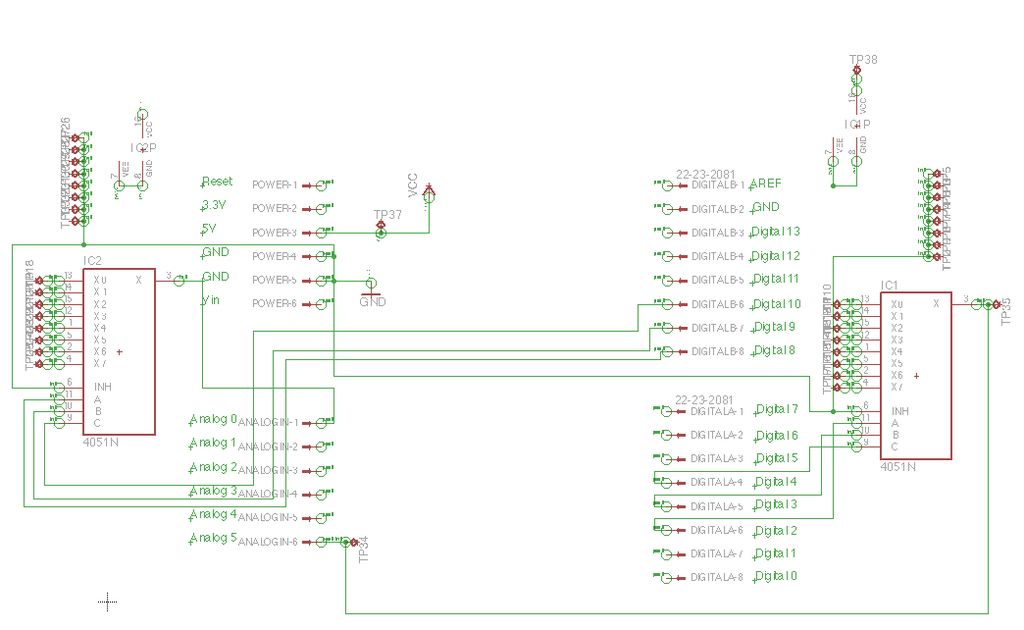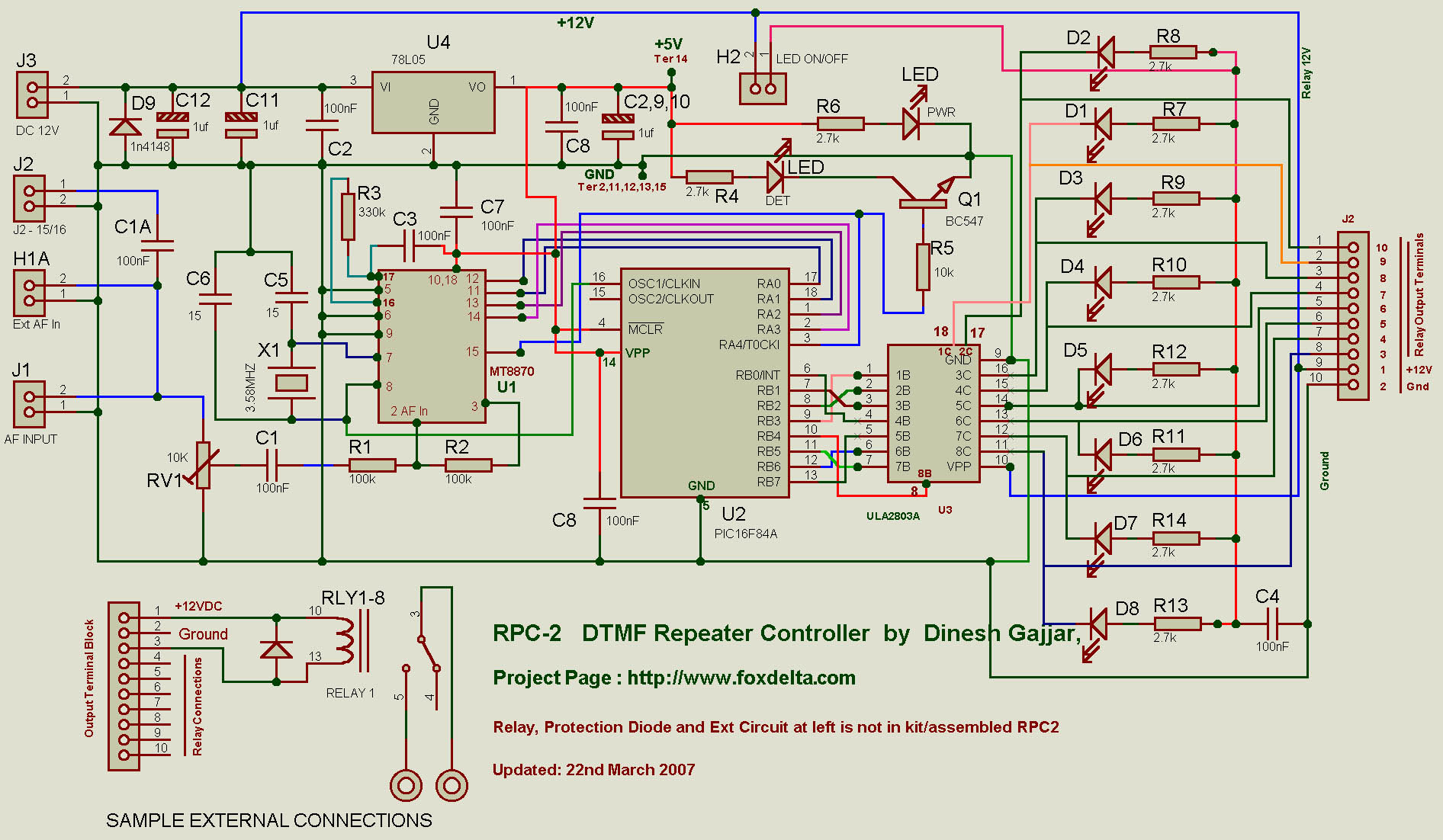
dancing light using pic microcontroller

The LED running light project can be easily implemented using microcontrollers, particularly the Microchip PIC microcontroller. This project utilizes the PIC16F877A microcontroller, which features a 40-pin IC configuration, with LEDs connected to port B. The LEDs twinkle in accordance with the microcontroller's C program, creating a visually appealing dancing effect. The Mikro C compiler is employed for programming the PIC. A simulation of this circuit is provided by i-St@r lab in this article. Mikro C is a widely used C language compiler for the PIC16F8xxx family, offering a variety of built-in functions (library functions) that facilitate programming. This compiler can be downloaded from the Mikro C website. The microcontroller project is suitable for those interested in exploring the fundamentals of embedded microcontroller programming with the PIC microcontroller MCU. Prior experience with LED interfacing using a PIC microcontroller will aid in the realization of this project.
The LED running light project is designed to demonstrate the capabilities of the Microchip PIC16F877A microcontroller in controlling LED lighting effects. The circuit diagram prominently features the PIC16F877A, which is a versatile 40-pin microcontroller known for its ease of use in embedded applications. The LEDs, connected to port B of the microcontroller, are programmed to create a twinkling effect that enhances the visual output of the project.
To implement this project, a basic understanding of microcontroller programming and LED interfacing is necessary. The Mikro C compiler serves as an effective tool for writing and compiling the C program that dictates the behavior of the LEDs. The program utilizes various library functions provided by Mikro C to control the timing and sequence of the LED illumination, resulting in a dynamic and engaging display.
The simulation provided by i-St@r lab allows for a visual representation of the circuit before physical implementation. This simulation is an invaluable resource for verifying the logic and functionality of the program, ensuring that the desired effects can be achieved when the circuit is built.
In conclusion, this LED running light project serves as an excellent introduction to embedded systems for beginners. It provides practical experience in microcontroller programming, circuit design, and the use of simulation tools, laying a solid foundation for more complex projects in the future.LED running light project can be easily implemented using microcontrollers especially with microchip PIC microcontroller. This is a simple microcontroller project using micro PIC16f877A with a neat circuit diagram. PIC16F877A is a 40 pin IC, LEDs are connected at port B. These LEDs twinkle according to the microcontroller C program providing a dan cing effect to the viewer. Mikro C compiler is used for PIC programming. The simulation of this circuit from i-St@r lab is shown in this article. The Mikro C is a popular C language compiler for PIC16F8xxx family and it has wide varieties of inbuilt functions (library functions). You can download it from the Mikro C website. This microcontroller project program is easy for those who wish to explore the fundamentals of embedded microcontroller programming from the PIC microcontroller MCU.
You can simply realize this program if you have done LED interfacing with PIC microcontroller. 🔗 External reference
The LED running light project is designed to demonstrate the capabilities of the Microchip PIC16F877A microcontroller in controlling LED lighting effects. The circuit diagram prominently features the PIC16F877A, which is a versatile 40-pin microcontroller known for its ease of use in embedded applications. The LEDs, connected to port B of the microcontroller, are programmed to create a twinkling effect that enhances the visual output of the project.
To implement this project, a basic understanding of microcontroller programming and LED interfacing is necessary. The Mikro C compiler serves as an effective tool for writing and compiling the C program that dictates the behavior of the LEDs. The program utilizes various library functions provided by Mikro C to control the timing and sequence of the LED illumination, resulting in a dynamic and engaging display.
The simulation provided by i-St@r lab allows for a visual representation of the circuit before physical implementation. This simulation is an invaluable resource for verifying the logic and functionality of the program, ensuring that the desired effects can be achieved when the circuit is built.
In conclusion, this LED running light project serves as an excellent introduction to embedded systems for beginners. It provides practical experience in microcontroller programming, circuit design, and the use of simulation tools, laying a solid foundation for more complex projects in the future.LED running light project can be easily implemented using microcontrollers especially with microchip PIC microcontroller. This is a simple microcontroller project using micro PIC16f877A with a neat circuit diagram. PIC16F877A is a 40 pin IC, LEDs are connected at port B. These LEDs twinkle according to the microcontroller C program providing a dan cing effect to the viewer. Mikro C compiler is used for PIC programming. The simulation of this circuit from i-St@r lab is shown in this article. The Mikro C is a popular C language compiler for PIC16F8xxx family and it has wide varieties of inbuilt functions (library functions). You can download it from the Mikro C website. This microcontroller project program is easy for those who wish to explore the fundamentals of embedded microcontroller programming from the PIC microcontroller MCU.
You can simply realize this program if you have done LED interfacing with PIC microcontroller. 🔗 External reference
Warning: include(partials/cookie-banner.php): Failed to open stream: Permission denied in /var/www/html/nextgr/view-circuit.php on line 713
Warning: include(): Failed opening 'partials/cookie-banner.php' for inclusion (include_path='.:/usr/share/php') in /var/www/html/nextgr/view-circuit.php on line 713





